Key Takeaways:
- Understanding the importance of a dog first aid kit can be crucial in emergency situations.
- Knowing the contents and how to use a pet first aid kit can save your dog's life.
- Regularly updating your dog's first aid kit and medical records is essential for effective emergency care.
As a pet owner, you're likely familiar with the joy and companionship that dogs bring into our lives. However, with this joy comes the responsibility of ensuring their safety and well-being. One question that often arises is: do dogs need a first aid kit? The answer is a resounding yes.
Just as humans require first aid for unexpected injuries or illnesses, dogs also benefit from having a dedicated first aid kit tailored to their needs. This comprehensive guide will delve into why a dog first aid kit is essential, what it should contain, and how to use it effectively.

Why Every Dog Owner Needs a First Aid Kit
When it comes to our furry friends, emergencies can happen anytime, anywhere. Whether it's a minor wound from a playful romp in the park or a more serious condition like difficulty breathing, having a pet first aid kit on hand can make all the difference. Most dogs are curious by nature, and this can sometimes lead to trouble. From snake bites to allergic reactions, a well-stocked first aid kit can provide immediate relief and prevent further complications until you can reach an animal hospital or emergency vet.
The Basics of a Dog First Aid Kit
A dog first aid kit isn't just a few items thrown together in a shoulder bag. It's a carefully curated collection of first aid supplies that can address a wide range of issues. At a minimum, your kit should include bandaging materials, antiseptic wipes, antibiotic ointment, a thermometer, and emergency phone numbers, including the pet poison helpline. These items can help control bleeding, prevent infection, and provide crucial information in an emergency situation.
How to Handle Common Dog Emergencies
Knowing how to respond to common emergencies can save your dog's life. For instance, if your dog is vomiting blood or has trouble breathing, it's vital to keep the dog quiet and transport them to a vet immediately. In cases of poisoning, it's important to know whether to induce vomiting or not, which is where having the pet poison helpline number is invaluable. For minor wounds, cleaning the area with room temperature water and applying an antibiotic ointment can prevent infection before you reach veterinary care.
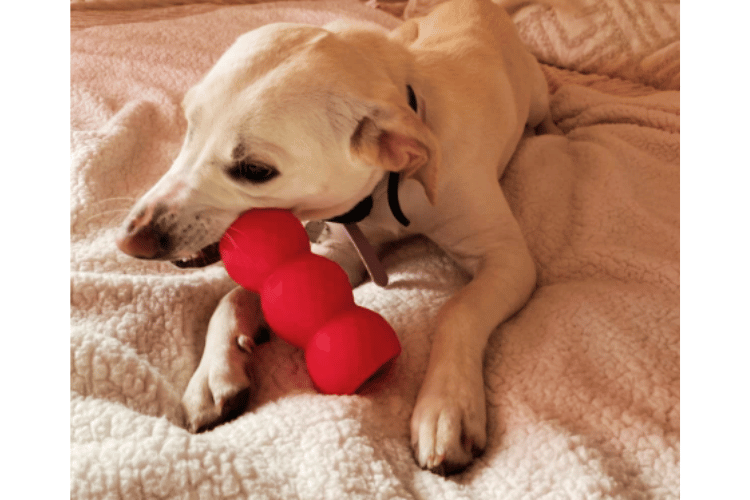
Preparing for the Unexpected
Natural disasters can strike without warning, and having a pet first aid kit can help you be prepared. In addition to medical supplies, your kit should include a water bottle, a soft blanket, and a thick towel to keep your dog warm and comfortable. If you live in an area prone to specific threats like snake bites, tailor your kit to include the necessary items to treat those conditions.
First Aid Tips for Small Dogs and Large Dogs
The size of your dog can influence the type of first aid they might need. Small dogs are more susceptible to cold and may require a hot pack to maintain body temperature. Large dogs, on the other hand, may need more robust bandaging materials to control bleeding effectively. Regardless of size, all dogs can benefit from safety gloves and grooming wipes to keep both the pet and owner clean during treatment.
Administering First Aid for Allergic Reactions in Dogs Allergic reactions in dogs can range from mild to life-threatening and recognizing the signs is crucial for dog owners. Symptoms may include excessive itching, swelling of the dog's face or paws, or difficulty breathing. A dog's first aid kit should contain antihistamines that are pet safe, as recommended by your vet, to help manage these reactions. It's also beneficial to keep a record of any known allergies in your dog's medical history to ensure quick and appropriate action.
In the event of an allergic reaction, the first step is to remove the allergen if possible and to monitor the dog's breathing and blood flow. If the reaction is severe, such as anaphylaxis, immediate veterinary care is necessary. For milder reactions, after administering antihistamines, soothe your dog's skin with a cool bath if they are experiencing skin irritation. Always follow up with your vet to report the incident and to discuss if any changes to your dog's environment or diet are needed to prevent future reactions.
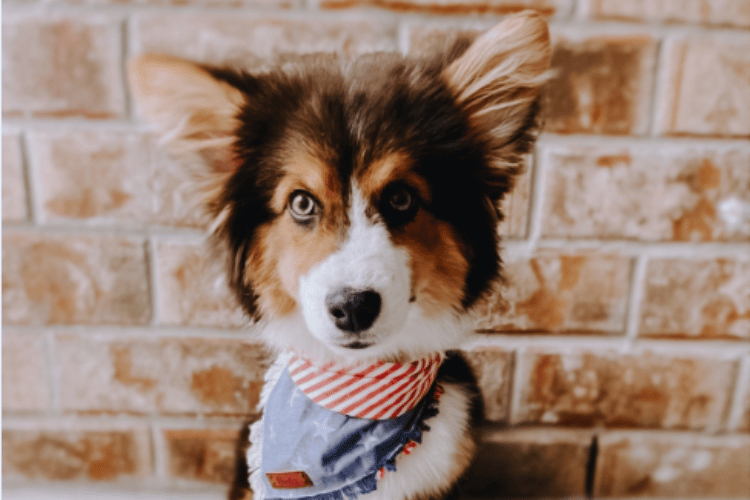
Caring for Your Dog's Paws and Skin Dog paws are particularly vulnerable to injury, and caring for them should be a priority for every dog owner. First aid for dogs includes addressing cuts, scrapes, or burns on the paws. Your dog's first aid kit should have items like antiseptic wipes, gauze, and pet-safe antibiotic ointment. It's also important to protect their paws from hot surfaces in the summer and from ice and salt in the winter by using dog booties or paw balms.
When it comes to a dog's skin, various conditions can arise that require attention, such as rashes or dry patches. Regularly checking your dog's fur and skin for any abnormalities is key. For minor skin irritations, cleaning the area gently and applying a pet-safe cream can provide relief. If your dog's skin condition seems to persist or is accompanied by other symptoms like a change in appetite or behavior, consult your vet to rule out more serious issues. Remember, a healthy coat is often a reflection of a dog's overall well-being.
Recognizing Signs of Distress in Dogs
When it comes to your furry friend's health, recognizing the early signs of distress is crucial. Many dogs tend to hide their pain, so it's important to be observant. A dog's mouth can reveal a lot about its well-being; excessive drooling or a change in gum color might signal a problem. Similarly, a dog's nose should be moist, not dry or cracked. If you notice any abrupt changes in these areas, it might be time to reach for the dog's first aid kit or consult a vet.
Another indicator of distress can be found in a dog's behavior. Dogs taking multiple medications or those with a chronic condition may exhibit unusual lethargy or restlessness. Keep an eye on your dog's food and water intake, as a sudden lack of appetite or thirst can also be a red flag. Regularly updating your dog's medical history can help you track these changes more accurately, ensuring you're ready to act when your dog is sick.

Customizing Your Dog's First Aid Kit
When it comes to tailoring your dog's first aid kit, consider the unique needs of your furry friend. For instance, if your dog has a history of allergies, make sure to include appropriate antihistamines. If your dog's medical history includes specific conditions, tailor the contents of the kit to address those. For example, if your dog is prone to ear infections, include ear cleaning solutions and cotton balls. It's also wise to keep a copy of your dog's medical records in the kit, ensuring that in an emergency, you have all the necessary information at hand.
Moreover, think about the environment your dog frequents. If you often go hiking, include items like tick removers or booties to protect your dog's paws. For dogs with longer fur, a small pair of scissors could be crucial for cutting away matted dog's fur or freeing them from entanglements. Remember, a dog's first aid kit is not a one-size-fits-all solution; it should be as unique as your pet, ensuring their safety and comfort in a variety of situations.
Traveling with Your Dog's First Aid Kit
When planning a trip with your furry friend, incorporating a dog's first aid kit into your travel checklist is crucial. Whether you're heading to the beach or embarking on a mountain hike, being prepared for any situation is essential. A travel-sized first aid kit should include items tailored to your dog's needs, such as medication, a copy of your dog's medical records, and any special dog's food that might not be readily available at your destination. Remember, different environments may pose unique risks, so consider the locale when packing your kit.
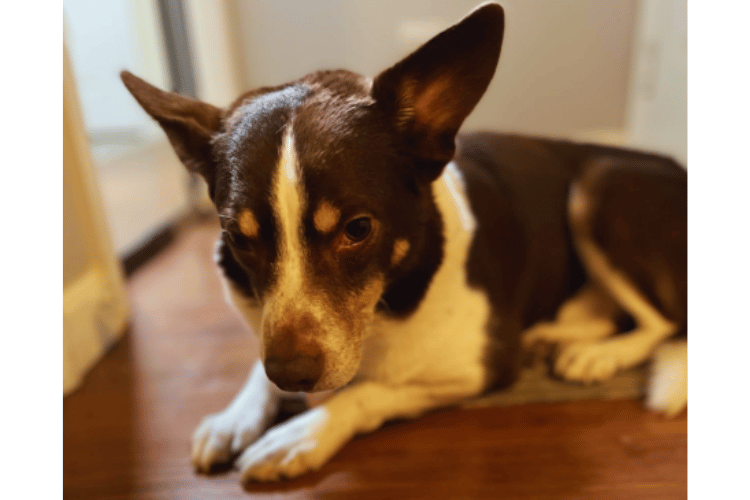
Moreover, it's important to familiarize yourself with the area you'll be visiting. Are there plants or animals that could harm your dog? Pack appropriate protective gear and first aid supplies, such as tweezers for tick removal or a muzzle if your dog's mouth needs to be restrained during an injury. Always keep your dog's first aid kit easily accessible, and if your large dog requires more substantial supplies, consider a separate bag or container to ensure you have everything you might need.
Integrating Technology with Your Dog's First Aid Kit
In the digital age, integrating technology into your dog's first aid kit can be a game-changer. There are numerous apps available that can help you track your dog's medical history, remind you when it's time to check or restock your kit, and even guide you through first aid procedures with step-by-step instructions. Keeping a digital copy of your dog's medical records on your phone can also be invaluable in an emergency, ensuring that you always have access to their most up-to-date information.
Moreover, technology can assist in monitoring your dog's health in real-time. Devices that attach to your dog's collar can track vital signs such as heart rate and temperature, alerting you to any abnormalities that may indicate your dog is sick or in distress. This proactive approach to health monitoring can be crucial in preventing minor issues from escalating into serious emergencies, allowing you to act swiftly and confidently.
First Aid for Oral Health Emergencies in Dogs
When it comes to your dog's health, their mouth is just as important as any other part of their body. A well-stocked dog's first aid kit should include items for dental emergencies, such as gauze to wrap around a finger for gentle removal of debris from your dog's mouth, and a light, collapsible water dish to clean a dog's wound or rinse their mouth if needed. Oral injuries can occur from chewing on hard objects, rough play, or accidents. Being prepared to handle such situations can prevent infections and more serious complications.
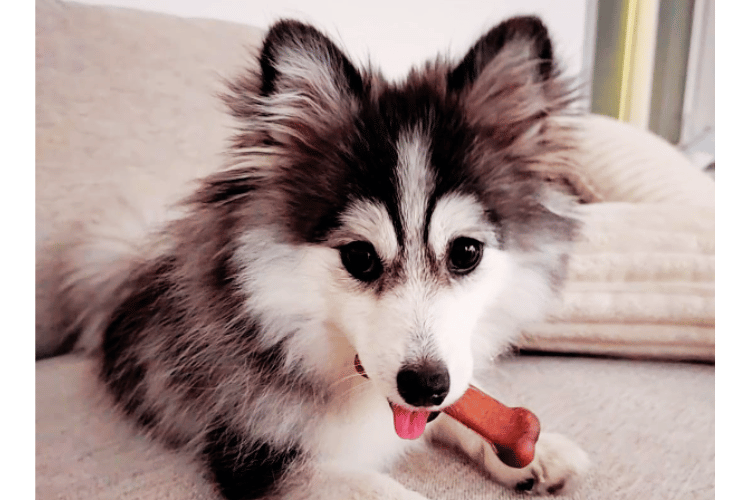
In addition to physical items, it's crucial to know how to respond to oral health issues. If your dog's mouth is bleeding, apply gentle pressure with a clean gauze pad. Should you notice a broken tooth, avoid touching the root and consult your vet as soon as possible. Keeping a record of your dog's medical history, including any previous dental issues, can be invaluable during these emergencies. Always monitor your dog's behavior post-injury, as changes can indicate pain or discomfort that may require professional attention.
Nutritional Support in Your Dog's First Aid Kit
Nutrition plays a vital role in your dog's recovery process from any ailment or injury. It's wise to include a small supply of your dog's food in their first aid kit, especially if it's a special diet prescribed by your vet. This ensures that if your dog gets sick or you're away from home when an emergency strikes, you have immediate access to their familiar food, which can prevent gastrointestinal upset. Additionally, consider adding a syringe or dropper to your kit for administering water or liquid nutrition if your dog is unable or unwilling to eat or drink on their own.
Furthermore, supplements that support skin and coat health can be beneficial for dogs recovering from wounds or skin conditions. Omega-3 fatty acids, for example, can promote healing and reduce inflammation. Always consult with your vet before adding any supplements to your dog's diet, and keep a copy of your dog's medical records handy in your first aid kit. This ensures that you have all the necessary information about your dog's dietary needs and any allergies or sensitivities, which is crucial in an emergency.
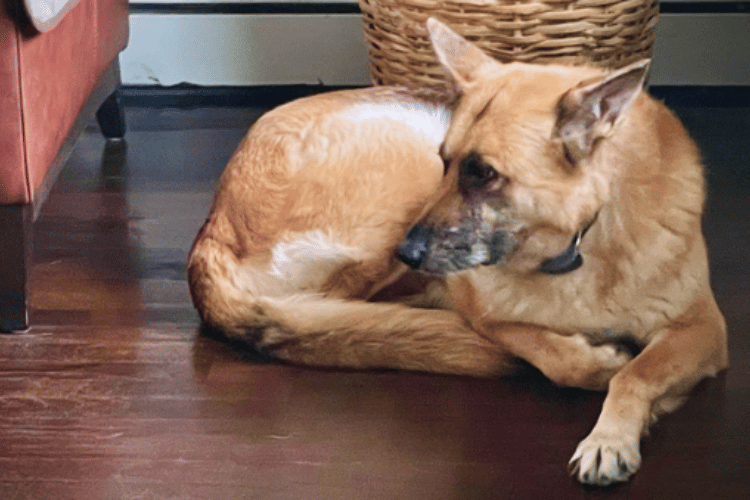
First Aid for Your Dog's Skin and Coat Health
A dog's skin and fur are their first line of defense against environmental factors, and maintaining their health is crucial. When assembling your dog's first aid kit, include hypoallergenic wipes and a gentle, dog-specific antiseptic to clean any wounds or irritated skin. It's also wise to have a supply of vet-approved skin and coat supplements to support healing from the inside out. Remember, a healthy coat is more than just cosmetic; it's a vital part of your dog's overall well-being.
In addition to topical treatments, consider the role of nutrition in your dog's skin health. Including a small bag of your dog's food in the first aid kit can be helpful if you're away from home when an issue arises. Foods rich in omega-3 fatty acids can support skin health, so choosing a diet that includes these nutrients can contribute to a resilient skin and fur coat. If your dog's skin or fur seems unusually dry, itchy, or if they have a wound, consult your vet for the best course of action.
Seasonal Considerations for Your Dog's First Aid Kit
As the seasons change, so should the contents of your dog's first aid kit. In the warmer months, your dog's skin and fur are at risk of sunburn and heatstroke, so include sun protection and a collapsible water bowl to prevent dehydration. For the colder seasons, items such as paw protectants against ice-melting chemicals and a warm blanket for hypothermia are vital. Checking your dog's nose for signs of frostbite or overheating can also provide early detection of potential issues.
During spring, be vigilant about allergies that can affect your dog's eyes and skin. Antihistamines and saline eye wash can be lifesavers for treating these seasonal discomforts. In autumn, the presence of burrs and seeds can lead to skin irritation or wounds; hence, tweezers and antiseptics become necessary additions to your kit. The Whole Dog Journal and other reputable sources often provide seasonal tips that can help you update your dog's first aid kits appropriately, ensuring your pet's safety and comfort throughout the year.
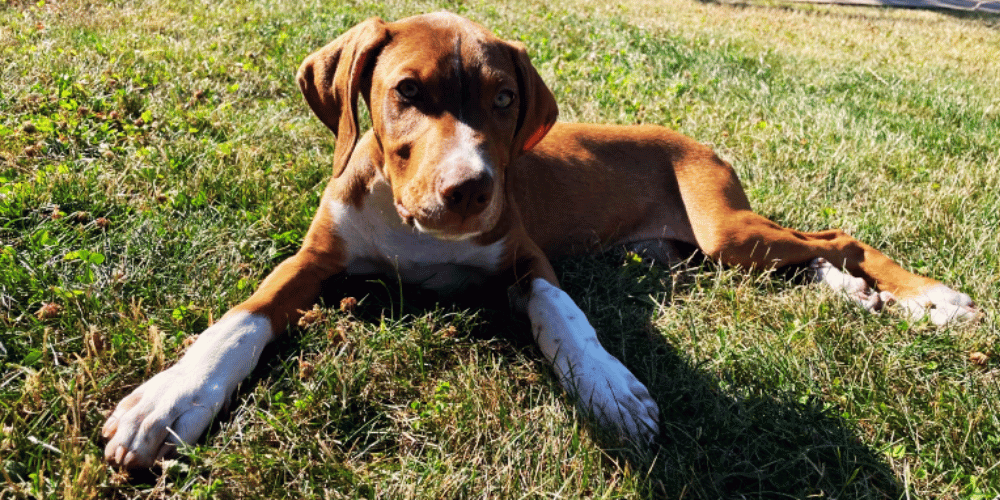
Managing Minor Injuries at Home
Minor injuries such as small cuts or scrapes on your dog's skin can often be managed at home with the right supplies and knowledge. First, it's important to have a good understanding of how to clean and disinfect a dog's wound safely. Always wear gloves to protect both you and your pet from infection. Use saline solution or mild dog-friendly antiseptics to clean the area gently. After cleaning, apply a pet-safe antibiotic ointment and cover the wound with a sterile bandage to keep it clean. Keep an eye on the wound for signs of infection and consult your vet if it doesn't improve.
For issues like a foreign object in a dog's eye or a bee sting on a dog's nose, knowing the correct procedure is crucial. Gently flush the dog's eye with saline solution to remove debris, and for stings, use a credit card to scrape away the stinger. Never use tweezers as this can release more venom. Always monitor your dog's reaction to any injury, even if it seems minor. If your dog sickens or shows signs of distress, it's time to seek professional help. Keeping your dog calm and comfortable during these situations is paramount, and your preparedness can make all the difference.
Creating a Safe Environment for Recovery
After administering first aid to your dog, creating a comfortable and safe environment is essential for recovery. For dogs with a skin or fur condition, ensure their resting area is free from irritants that could worsen their situation. A dog's wound needs a clean space to heal, so consider setting up a designated 'recovery room' that's quiet and free from other pets or children. This can help in relieving pain and stress, allowing your dog to recuperate peacefully.

For large dogs, make sure the space is ample enough for them to move around without risking further injury. First aid items should be kept nearby, but out of reach, to avoid any accidental ingestion. If your area is prone to a natural disaster, plan an evacuation space that accommodates your dog's needs. Keeping a copy of your dog's medical records in your dog's first aid kit can also be invaluable in such situations, ensuring that any caregiver has all the necessary information to continue proper care.
The Role of a Dog's Medical History in First Aid
Having your dog's medical history readily available can be crucial in an emergency. This includes a list of any medications your dog is taking, especially if they're taking multiple medications that could interact. Keeping a copy of your dog's medical records in your first aid kit ensures that any veterinarian or emergency room staff can provide the best care possible.
DIY Dog First Aid Kit Essentials
Creating a DIY dog first aid kit can be a cost-effective and personalized option. Start with a sturdy container and add items like vet wrap, hydrogen peroxide, and a makeshift muzzle. Remember to include items specific to your dog's needs, such as medication for dogs with chronic conditions or special dietary requirements.

When to Seek Professional Veterinary Care
While a pet first aid kit can help manage many situations, it's important to recognize when professional help is needed. If your dog appears to be in severe pain, is having difficulty breathing, or is experiencing any other life-threatening symptoms, take them to a veterinarian immediately. First aid is not a substitute for professional veterinary care; it's a bridge to it.
Keeping Your Dog's First Aid Kit Updated
Just like any emergency kit, a dog's first aid kit needs regular checks and updates. Replace expired items, restock used supplies, and consider any changes in your dog's health that might require new additions to the kit. This ensures that when an emergency does occur, your kit is ready to go.
Training Yourself in Pet First Aid
Having a pet first aid kit is one thing, but knowing how to use it is another. Consider taking a pet first aid course to familiarize yourself with the basics of emergency care for dogs. This knowledge, combined with a well-stocked kit, can make you a more confident and effective first responder for your pet.

Summary
In conclusion, the question of whether dogs need a first aid kit is not just a matter of opinion but a matter of preparedness. A dog first aid kit is an essential tool for any responsible pet owner. It equips you to handle minor injuries and stabilize your pet in more serious emergencies until professional help is available. Remember to keep your kit well-stocked, know the basics of pet first aid, and always prioritize getting your dog to a veterinarian when necessary.
FAQ Section
Q: What should I include in my dog's first aid kit? A: Your dog's first aid kit should include items such as bandages, antiseptic wipes, antibiotic ointment, a thermometer, emergency phone numbers, and any specific items tailored to your dog's health needs.
Q: How often should I update my dog's first aid kit? A: It's a good practice to check and update your dog's first aid kit every few months, replacing any used or expired items and adding anything new that might be relevant to your dog's health.
Q: When should I use my dog's first aid kit instead of going to the vet? A: A first aid kit is for immediate, on-the-spot care to stabilize your dog until you can get professional veterinary help. For any serious or life-threatening conditions, always seek professional care immediately.
Thank you for visiting LegitLists we hope this helps you make a legitimate choice!






